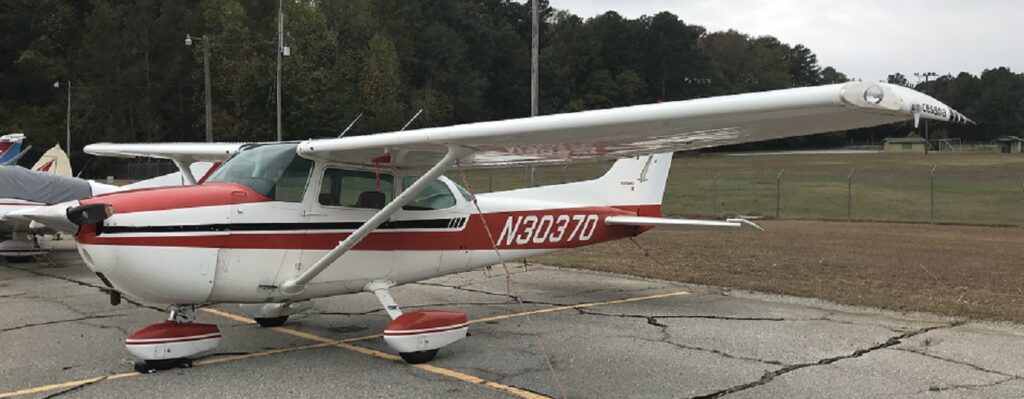
What Does It Take

Whether your desire to learn to fly is just for fun, business related or to pursue a professional pilot career, the FAA imposes minimums and requirements for each and every pilot certificate and rating. To insure the highest level of safety, these minimums and requirements are found in the Federal Aviation Regulations (FAR’s). Let’s take a look at the requirements:


Cessna 172M - IFR Certified with Garmin 430W, Dual GS, ADSB and Bluetooth Audio.
Aircraft Rental $140/hour
Flight Instructor $70/hour
Flight Review:
1 hour ground + 1 hour flight
$140
(plus aircraft rental if applicable)

PRIVATE PILOT REQUIREMENTS:
To be eligible for a private pilot certificate, a person must be at least 17 years of age, be able to read, speak and understand English. You must receive a Student Pilot Certifcate from the FAA and pass at least a 3rd class medical before your first solo flight, for which you must be at least 16 years of age. You must also pass an FAA written exam within 24 months prior to taking the Private Pilot Practical Test and you must have logged the following flight times:
40 total hours which must include at least:
- 20 hours of dual flight training with a certified flight instructor to include:
- 3 hours of night dual instruction to include:
- 1 night dual cross-country flight over 100nm.
- 10 night takeoffs and landing performed to a full stop.
- 3 hours of simulated or actual instrument flight.
- 3 hours of practical test prep within 60 days of the practical test.
- 3 hours of night dual instruction to include:
- 10 hours of solo flight time to include:
- 5 hours of solo cross-country.
- 1 solo cross-country at least 150nm long, with landings at 3 separate airports.
INSTRUMENT RATING REQUIREMENTS:
A person who applies for an instrument rating must hold at least a current private pilot certificate, or be concurrently applying for a private pilot certificate, helicopter, or powered-lift rating appropriate to the instrument rating sought. You must also pass the FAA instrument written exam within 24 months prior to taking the Instrument Rating Practical Test and you must have logged the following flight times:
- 50 hours of cross country PIC flight time – at least 10 in an instrument rated airplane.
- 40 hours of actual or simulated instrument flight time.
- 15 hours of instrument training with an instrument rated instructor, in the appropriate aircraft category.
- 3 hours of practical test prep within 60 days of the practical test.
- A 250nm cross country flight under an IFR flight plan with an instrument
approach at each airport and at least 3 different types of approaches.
COMMERCIAL PILOT REQUIREMENTS:
- 100 hours in powered aircraft – 50 hours in airplanes.
- 100 hours of Pilot in Command (PIC) flight time – 50 PIC in airplanes.
- 50 hours of cross country PIC flight – at least 10 in airplanes.
- 20 hours of dual flight training that include:
- 10 hours of simulated or actual instrument training.
- 10 hours of training in a complex aircraft.
- One, 2 hour – 100nm day cross country flight.
- One, 2 hour – 100nm night cross country flight.
- 3 hours in preparation for the commercial pilot practical test.
- One 300nm cross country flight with landings at 3 different airports, one of which was a
straight line distance of at least 250nm from the original departure airport. - 5 hours night VFR with 10 takeoffs and landings at a control towered airport